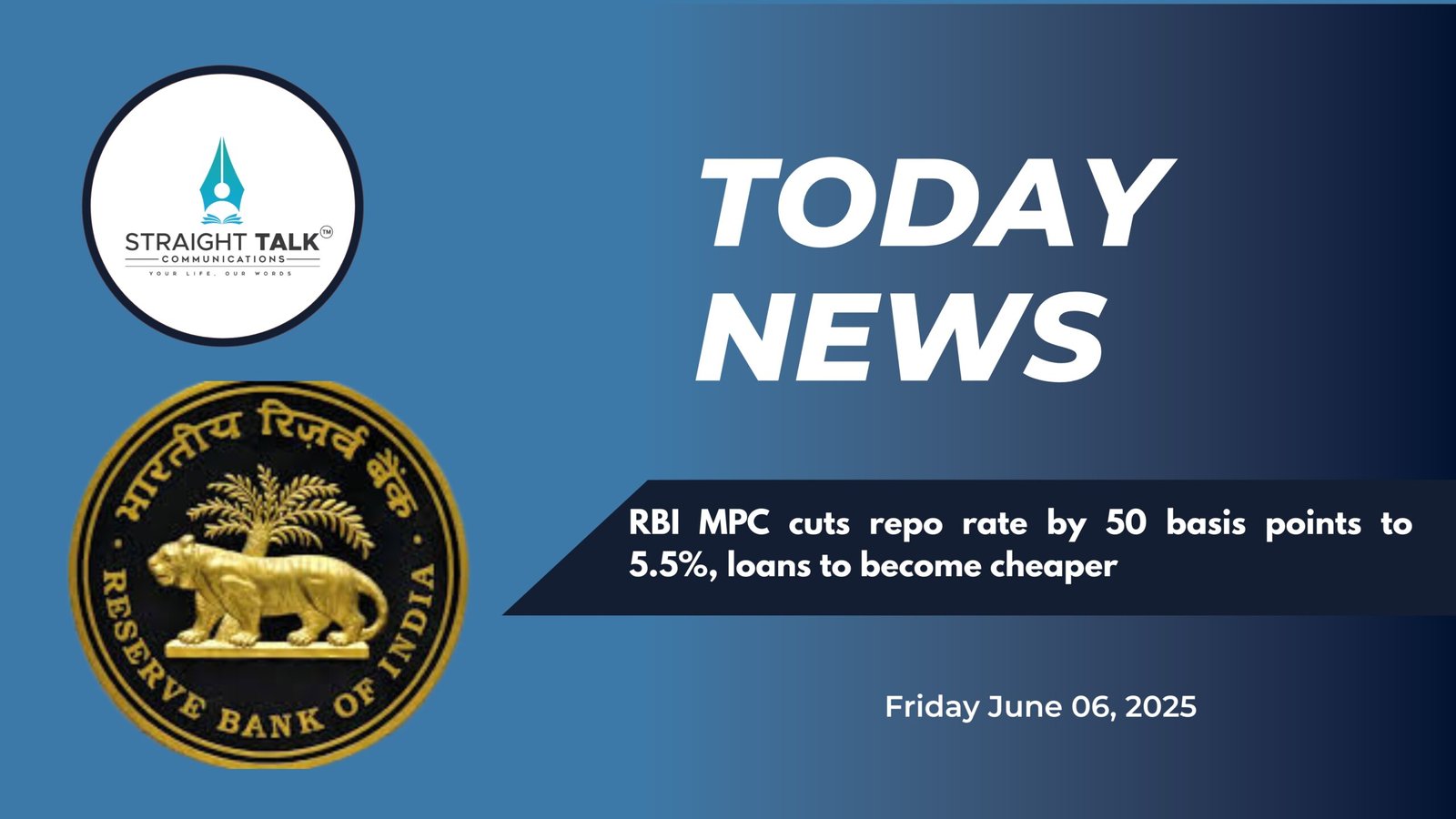Goodbye Golden Bond!

Sajjad Bazaz
(sajjadbazaz@straight-talk-communications)
In investment matters, bonds are believed to deliver a consistent stream of income to investors. A bond is simply as an ‘IOU’ (I Owe You) in which an investor agrees to loan money to a company or government in exchange for a predetermined interest rate for a predetermined length of time.
This ‘IOU’ is an informal document that acknowledges a debt owed. The debt owed does not necessarily involve a monetary value but can also involve other products. The interest payments are made at a predetermined rate and schedule. By investing in bonds you know the exact amount of cash you will get back while holding it till maturity.
Importantly, as experts say, for the purposes of diversifying your investment portfolio, bonds typically have little correlation with the stock market, meaning that if equities plummet, bond values aren’t necessarily adversely affected.
We have mainly two types of bonds – Corporate bonds and Government bonds. A company needs funds to expand its existing business or to foray into new markets. A government may need money to raise infrastructure or run some projects for the benefits of its people. The quantum of money needed is so huge that typically an average bank cannot provide such huge finance. Under these circumstances, the company or the government raise loans from the public by issuing debt instruments and bond is one such debt instrument.
The bonds issued by the Government to fund their projects are called government bonds. Also referred to as G-Sec, these bonds constitute a larger portion of the bond market than the corporate bonds.
You may be thinking why I picked bonds to be the subject of today’s column. Basically bonds got into focus when the Finance Minister Nirmala Sitharaman in the post-Budget media briefing on February 1, confirmed the discontinuation of the Sovereign Gold Bond (SGB) scheme when asked about the future of this scheme. “Yes, in a way,” she said, acknowledging its discontinuation.
It is worth mentioning that Sovereign Gold Bonds introduced as part of the Gold Monetisation Scheme in India, were a form of securities guaranteed by theGovernment of India and issued by the Reserve Bank of India.The minimum investment in these bonds was one gram, and the maximum 4 kgs for individuals and HUF. However, for trusts and entities, the maximum limit was 20 kgs, as notified by the government from time to time. These bonds were usually released in tranches and issued at a fixed price which was calculated as an average of the closing price of gold of 999 purity in the last 3business days of the week just prior to the subscription period.The redemption price was also calculated in the same manner as the issuing price.
Despite an allocation of Rs 18,500 crore for SGBs in the FY25 Budget – down from Rs 26,852 crore in the interim Budget – no new tranches of SGBs have been issued in the current fiscal. The Reserve Bank of India (RBI) last issued SGBs in February 2023, amounting to Rs 8,008 crore.
The centre had introduced the SGB scheme in November 2015 with the purpose of raising borrowings from the market, for the purpose of financing the Budget. It was offered as an alternative to physical gold, allowing retail investors to invest in paper gold. as per the scheme, the bonds had an eight-year maturity period, with partial redemption allowed after five years. Initially, the interest rate on SGBs was set at 2.75% per annum, later reduced to 2.5%, which remained fixed for the entire tenure of the bond.
After borrowing money through this scheme for almost a decade, the surge in gold prices made this route fairly high-cost borrowing for the government. The rising gold price has significantly increased the government’s liability towards SGB investors. Today, the government is facing a significant financial burden in repaying the gold equivalent value to investors at maturity because of the never-seen-before surge in gold prices.
Even high returns that investors have received on SGBs is quoted by the officials as one of the reasons for the government not to follow this borrowing route. The investors have received 9-11% return per annum, and on top of that an interest of 2.5%.
Besides, recent policy changes like lowering import duty on gold have lessened the need to incentivize investment in SGBs to curb physical gold imports. Notably, these SGBs were introduced to curb gold imports in addition to using this route to borrow funds from the market.
Since its inception, the total issuance under the SGB scheme has Rs 45,243 crore as of FY23, with an outstanding amount of Rs 4.5 lakh crore by March 2023.
The investors who as on stand invested in SGBs, will get their redemption proceeds automatically credited to the bank account after the tenure of eight years since the date of investment. The capital gains upon maturity are completely tax-free. The redemption amount is decided based on the last three days’ average of the closing price of gold with 999 purity.
Meanwhile, when we look at the investment scenario in all precious metals, it’s the gold that enjoys investors’ confidence in all circumstances. Gold is considered the most dependable metal during uncertainties and economic crises. Time has proved that gold is more stable and liquid than any other asset class and has acted as a strong wall against any crises. Notably, investors have been using the power of gold since the times of the Great Depression in 1930 as a hedge to protect their investment portfolio in volatile market scenarios as well as to enhance returns and preserve their wealth.
Over a period of time, the mode of investment in gold has undergone transformation. Exploring investment opportunities in gold is not cumbersome now. As already stated, apart from owning the gold in physical form, there are several modes of investment in gold without taking physical possession of the yellow metal. These non-physical forms are referred to as paper gold. To elaborate, this paper gold is a kind of asset representing the price of gold on a particular day of investment. In other words, it’s not truly gold and is not backed by real metal. So an investor in paper gold actually gets exposure to the price of gold without owning the yellow metal in physical form. Paper gold allows the investors to invest in gold even if they don’t have enough money to purchase an ounce. The most common examples of paper gold are gold certificates, gold futures accounts, and most exchange-traded funds.







